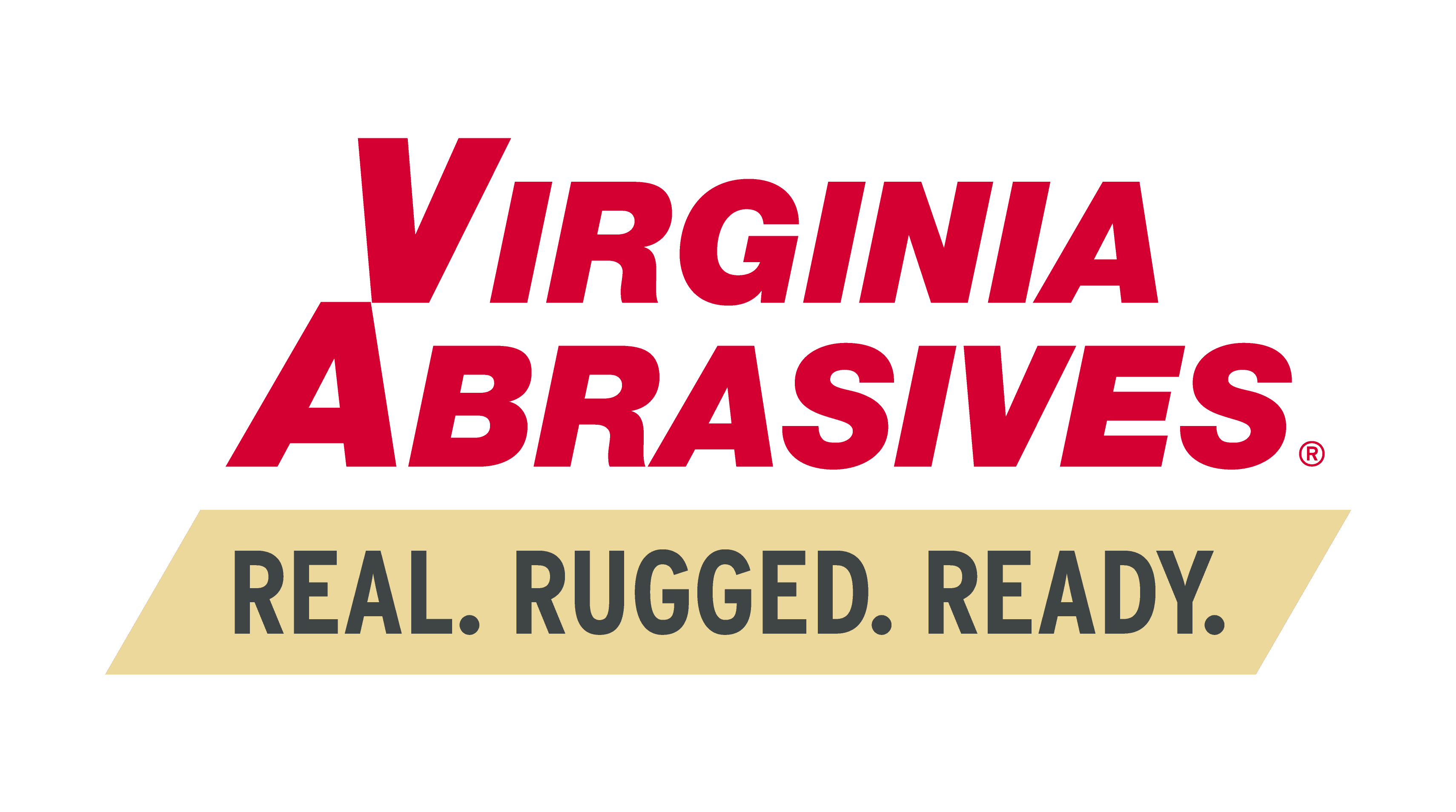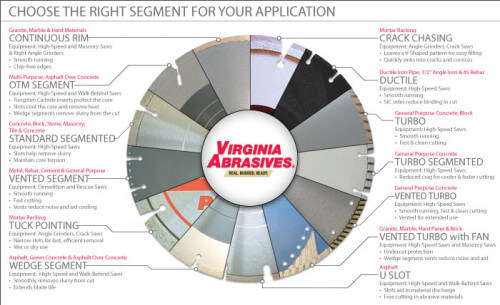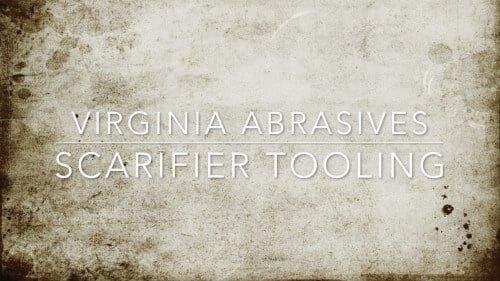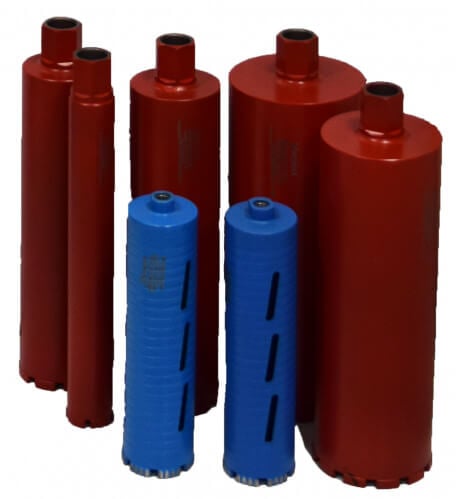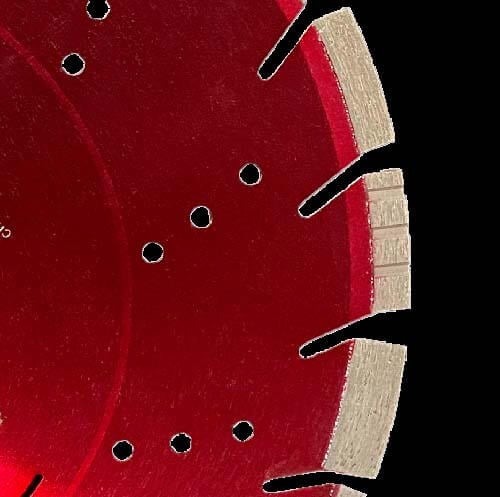What are the ideal uses of diamond abrasives?
Diamond abrasives are ideal for cutting cured concrete, green concrete, asphalt, asphalt over concrete, stone, pavers, brick, block, granite, marble, porcelain, ceramic tile, glass, glass tile and metal. They are used in varying industries from construction and industrial to security, IT, and the gem industry.
Diamond abrasive tooling is created from a combination of synthetic diamond powder and a bonding agent such as metal or resin. They are bonded through processes that include pressing, electroplating, injection molding or vacuum brazing. Diamond abrasives are either laser welded or sintered.
What should you look for when buying diamond abrasives?
Because diamonds are used in varying applications with different types of saws, it is very important to have the correct bond and diamond concentration for the surface that is being cut.
BOND
The correct bond will provide not only optimum cutting performance but also the accuracy of the cut and prolonged life usage of the blade itself. Always remember, for hard aggregate concretes, use soft-bond tooling and for soft aggregate concretes, use hard bond tooling. If you are unfamiliar with whether you have soft, medium or hard aggregates in your area, you can look it up in this aggregate classification map.
SEGMENT DESIGN & SIZE
Segment design and blade size are equally important for cutting performance and accuracy of cut in a diamond blade. Segments aid in clearing slurry during cutting, the smoothness in which the blade cuts, the width and depth of the cut as well as the amount of heat generated and speed of the cut. The size of the blade is also crucial because it needs to be appropriate for the tool on which it is being used and the width of the blade also determines the fineness of the cut.
MAX RPM
Another extremely important consideration when selecting the right blade is the maximum Revolutions Per Minute (RPM) recommendation of the blade to ensure the blade is rated appropriately for the high speed, or high- or low-horsepower saw being used.
Additional Considerations
These topics have shown that purchasing a new blade isn’t as simple as just choosing the right size blade, but you’ll need to answer these questions as well:
- Is the blade sintered or laser welded? Laser-welded blades offer longer life and faster, cleaner cuts.
- What is the arbor size? The size of the center hole is important and could lead to an improper fit if you purchase a blade with the wrong arbor size.
- Does the blade direction match the rotation of the saw? Whether the blades spins left or right will determine how the teeth interact with the surface that is to be cut. Directional arrows on the blade show you the way the blade needs to spin.
- Does the saw have a Drive Pin? If it does, you’ll need a blade with a Drive Pinhole.
- Are the saw and blade rated for wet or dry use and how will you be using the blade? If you need a blade for wet application, buying a dry application blade would lead to issues.
How to properly use diamond abrasives
Proper installation on the saw and adjustment of blade guards while using a diamond abrasive blade is critical and prevents injury. Proper personal protective equipment per the saw and blade manufacturers and OSHA guidelines should always been worn by the operator.
When executing a wet cut, there should always be an accurate supply of water. Diamond blades should not be forced – let the saw and blade combination do the work that it is designed for as this provides for a better, cleaner and safer cut. Step cutting may be required to achieve a deeper cut and prevents cutting into subbase below the material which can damage the diamond blade.
Interactive Wheel Showing Ideal Uses and Equipment for Abrasives
Click on the image below for an interactive wheel showing what kinds of abrasives there are along with equipment compatibility.
 We are a US Manufacturer. Fast, free shipping.
We are a US Manufacturer. Fast, free shipping.
